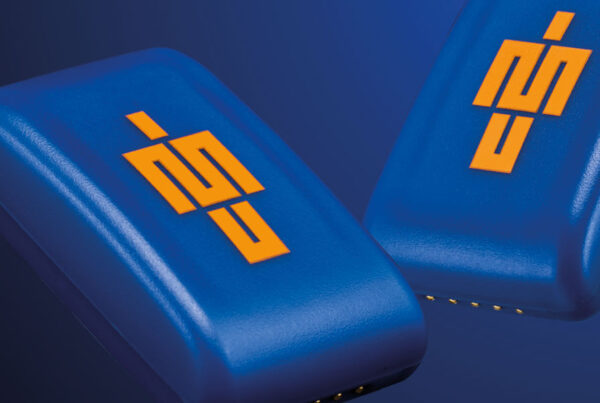,
IMeasureU team up with Tennis Techie to answer some of the sports most pressing rehab and performance questions.
Alex Johansson is the Director of New England Tennis Academy and owns tennistechie.com. He carefully vets new technologies to see if they can provide value to athletes and coaches in the tennis world. The New England Tennis Academy caters for advanced players in the area. Some athletes access their expertise as little as twice per week, while players practice everyday. The academy also offers off court strength coaching and movement based work. Many academies have discovered there is little to no wearable technology in tennis that can objectively manage athlete workload. Monitoring workload is crucial, especially around tournaments, to ensure players are as fresh as possible.
“We wanted a solution that would give us objective, more precise data on what was going on directly at the lower limb rather than a global, whole body loading. This led us to IMU Step.”
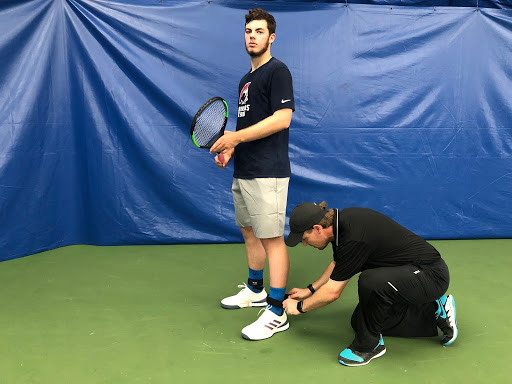
“Wearable technology in tennis has been limited to the top end and we wanted a technology which we could bring to ground level and give us the objective data that we have been craving,” Alex explained. “Pro players have access to GPS and camera technology but this is incredibly expensive and not something we could implement here in New England. Some people are using heart rate monitors to measure internal load, but this can be sporadic and misused.
We came across IMU Step which we believed could answer some of the questions we had. Specifically around how we can periodize training to optimize our players’ performance.”
In the past, intuition had driven a lot of Alex’s decision making when it came to planning practice. But objective data can not only lead to better practice planning, it can also increase buy-in from players.
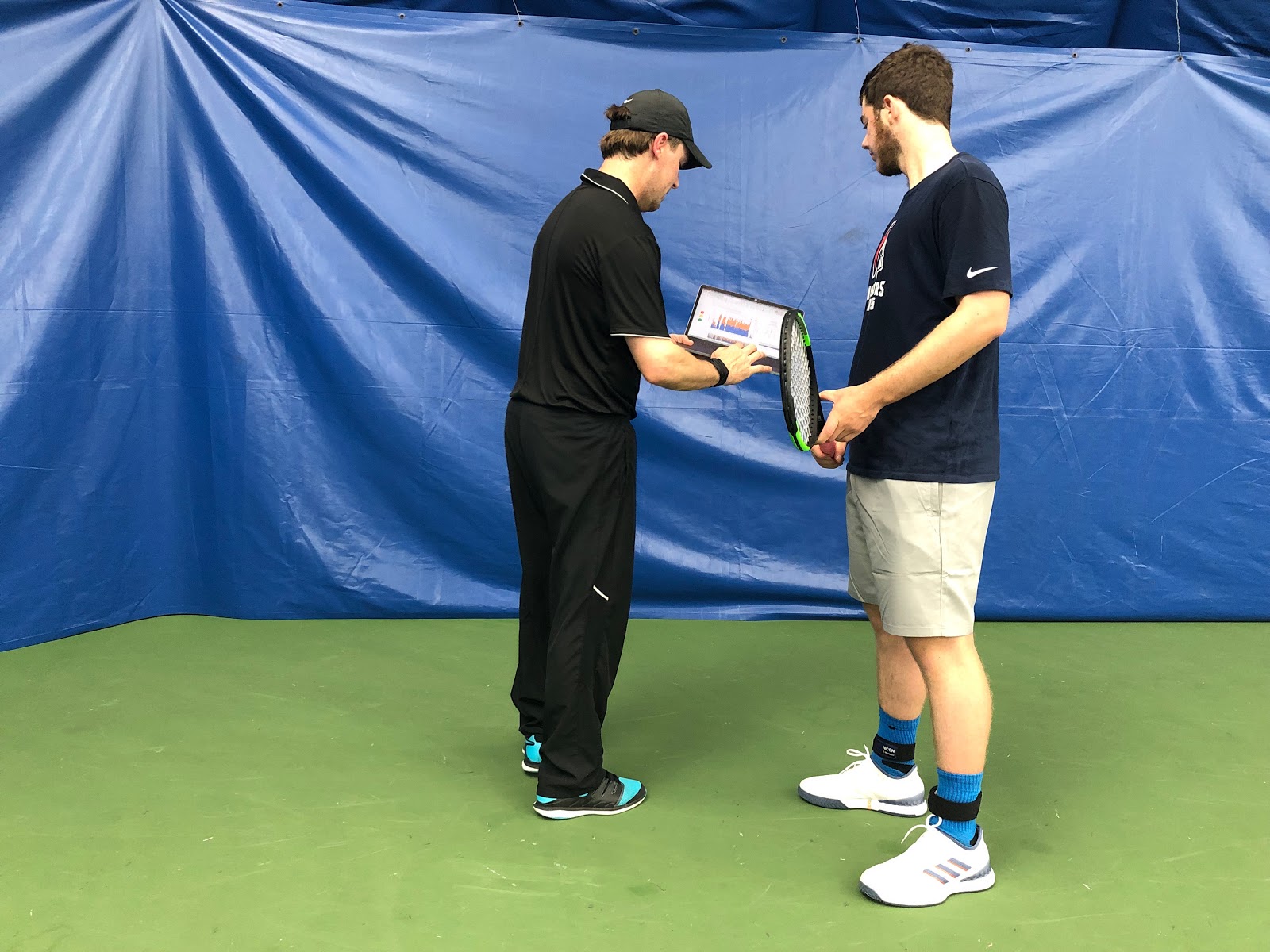
“Although reducing injury risk should always be at the front of a coach’s mind, we thought that we could gain so much from a performance aspect from using IMU Step”
Answering the Crucial Questions
“We wanted to periodize our training better leading up to tournaments. This would help us understand which practices were putting our players under the most physical stress. This was so we could manage that more effectively,” Alex explained. “There were a number of specific questions that we wanted to answer using IMU Step which could really influence our practice. We also believed that it would help us question how we were doing things, or reinforce our current methods.
The effect of hand feeding vs full court hitting, how loading differed between advanced and non-advanced players, and how loading differed between those who preferred to hit with an open stance vs those who gravitated towards a closed stance, were three key questions for us. These three questions are possible to answer because of the two sensors, one placed on each leg. Reducing injury risk should always be at the front of a coach’s mind. However, we thought that we could gain so much from a performance aspect from using IMU Step.”
Full Court Practice vs Half Court Practice
First, Alex and the team investigated how using wearable technology in tennis measured full-court and half-court training. Half-court training is necessary in areas such as New England, where the winter forces players inside. Players often see this as a negative, but Alex suspected that it may actually benefit a player’s development.
“On a daily basis in group practices around the country and around the world, a lot of players are constrained to half a court. This very often leads to complaints from players who practice on half a court,” Alex explained. “However, in my experience from working in junior academies, players who have played more on half a court to a certain degree have had better results. In climates like ours, we have to play indoors a lot more and space is limited. People often think going half-court is a disadvantage. However, I disagree. I wanted to look at this objectively using IMU Step.”
“The data is more scattered when going on half a court indicating that it is more match like than full court. This is accentuated when observing more experienced and technically advanced players. The intensity is higher than on a full court due to more explosive movements being needed to create space around the ball. Half court is often used as a warm up but in actual fact, playing on a full court may be a better drill selection due to the lower intensity. Using IMU Step has given me objective data to back up my decisions and become more confident to adjust drills when space may be at a minimum.”

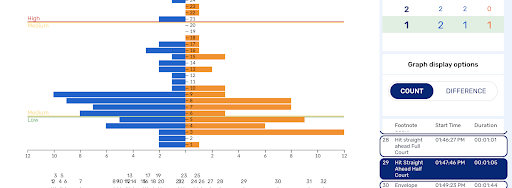
“Naturally, the graph is more scattered during match play vs if we are just hitting during a warm up with more medium and high intensity impacts,” Alex explained. “The step count vs intensity graph indicated much more high and medium intensity actions. Unlike practice which shows a more Christmas tree shape with more low intensity actions. To my surprise we didn’t see any differences across left and right leg impacts during the match or practice conditions.”
Practice Hitting vs Match Play
Alex was keen to investigate the differences in the loading patterns of practice hitting and match play. With IMU Step, he can examine asymmetry between each leg since the sensors track the lower limbs individually. Surprisingly, Alex found that there was little difference across left and right legs in either scenario.
“Naturally, the graph is more scattered during match play vs if we are just hitting during a warm-up with more medium and high-intensity impacts,” Alex explained. “The step count vs intensity graph indicated much more high and medium intensity actions, unlike practice. Practice shows a more Christmas tree shape with more low-intensity actions. To my surprise, we didn’t see any differences across the left and right leg impacts during the match or practice conditions.”
At the academy, Alex caters to a wide variety of age groups across a number of different abilities. Therefore to plan appropriately it was essential for him to understand how ability affected the load placed on each athlete. Using wearable technology in tennis drills, he was able to measure the impact of each step the athlete took.
“In better players, we saw a clear trend towards them delivering more medium impacts. My conclusion is that there is a lot of proactiveness in the better players which is the reason for the increased medium impacts. After they hit they push hard in that medium range and get in a better position for the next shot. This means they don’t need to hit those very high impacts as they have got themselves in a better position earlier,” Alex concludes.
“We saw that in set situations, such as serve plus first shot, intensity is much higher in better players. I think this again has to do a lot with the proactiveness in the movement. Better players will set up for the incoming return as opposed to the less experienced and less gifted players who will wait for the information from their opponent. When looking at overall bone stimulus, the younger and less experienced players accumulated more because they were a lot more reactive and had to work harder in the higher intensity ranges.”
Closed Stance vs Open Stance Hitting
Closed (neutral) stance and open stance hitting has always been a key focus for Alex’s players. He wanted to encourage certain players to adopt more of a closed stance during certain situations. He thought that adding in physical information may provide more context for the player he was training.
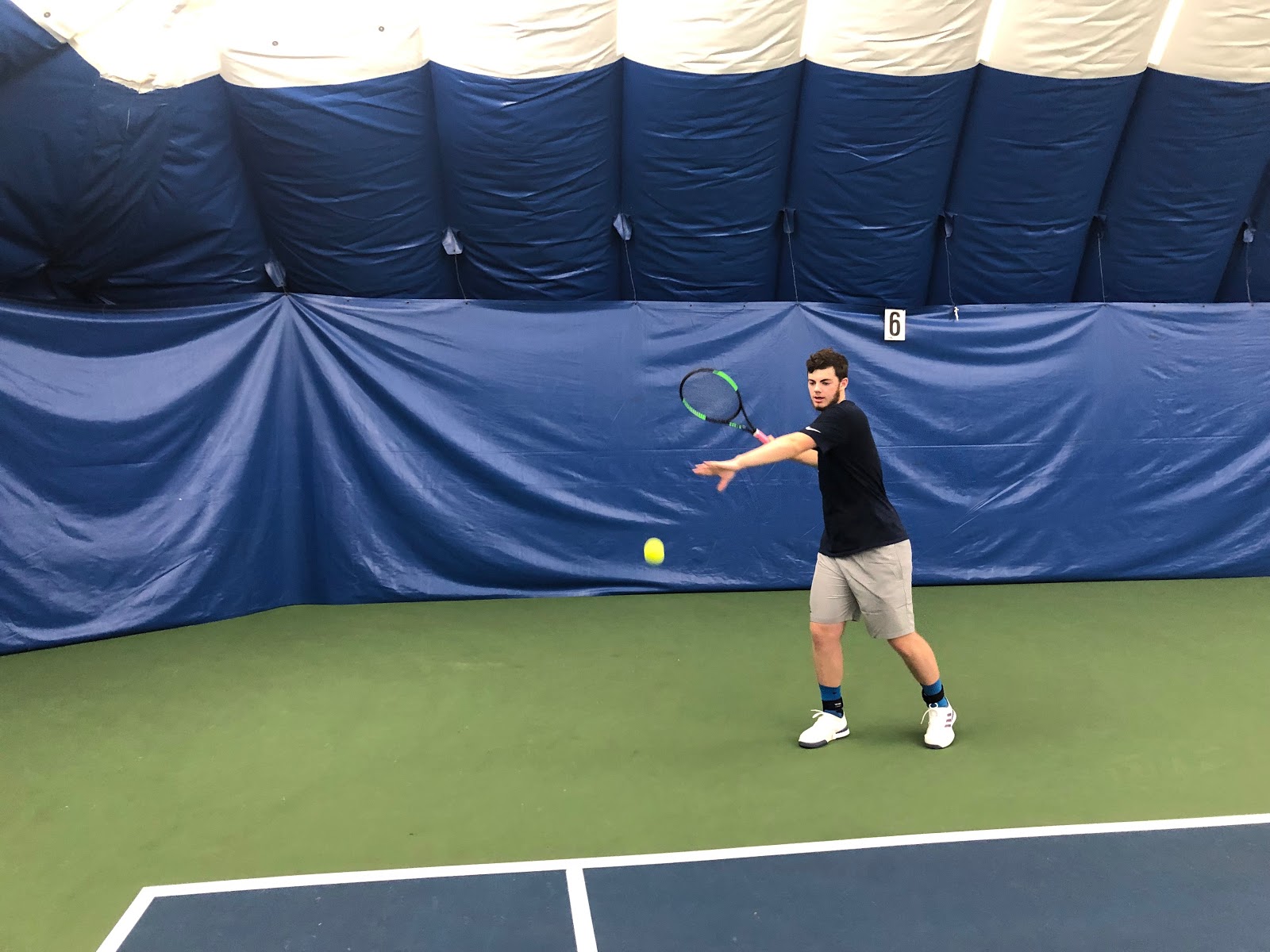
“From the sensor data we saw that during a basic deceleration task, we saw asymmetries even in low-intensity decelerations over short distances.”
“Closed stance is when the player is sideways to the net when hitting. We found that when players adopt that closed stance, they use their non-dominant leg more,” Alex explains. “However, we found some cases where players who favor an open stance were producing much higher intensities through their right dominant leg. This increased loading on the right leg is something we should be considering when we train open stance favouring players. We can also use this physical data to try and alter the technical aspect of a player by adding context through data.”
“There is one player, in particular, that is very receptive to data. I think that showing him the asymmetry data will allow him to understand how the technical affects the physical and visa versa.”
Hand Feeding vs Practice Hitting
The last thing Alex wanted to investigate was hand-feeding, something he feels gets a bad rap. Many players he has come across don’t see the value in hand-feeding if hitting full court is an option. Based on the data he has collected using IMU Step, this may now change.
“Side to side hand-feeding drills will put more load on players than hitting in a similar fashion. However, this is obviously depending on the speed of the hand feeding,” Alex explains. “You may think that hitting full-court puts more load on the players vs hand feeding. However, that’s just not totally accurate. This is crucial to know when periodizing training leading up to a tournament. You can put a lot of load through a player just with hand feeding.”
“In many people’s minds, using hand feeding is seen as an easy option when this data from IMU Step shows that that isn’t always the case. This backs up my theory that drills don’t always have to look identical to match-play to get the desired outcome. Using the sensors from IMeasureU has helped me communicate that so much more effectively.”
Wearable technology in tennis is opening avenues to answer questions with objective data. It can also tell you what is actually happening to the player’s body. To explore how to use wearable technology in your own tennis environment, get in touch with us to speak with a sports scientist.
This case study builds on concepts we’ve explored in-depth at IMeasureU. Follow the links below to learn more –
Lower limb monitoring for tennis drill categorization and rehab. A case study with the University of Memphis
Improving patient outcomes with objective data. A return to play investigation.
How to integrate new performance monitoring solutions. A case study with Andrew Gray of the Cronulla Sharks
Have an injured athlete? Get in touch with us and ask about a free trial of IMU Step to see how we can help your return to play.

